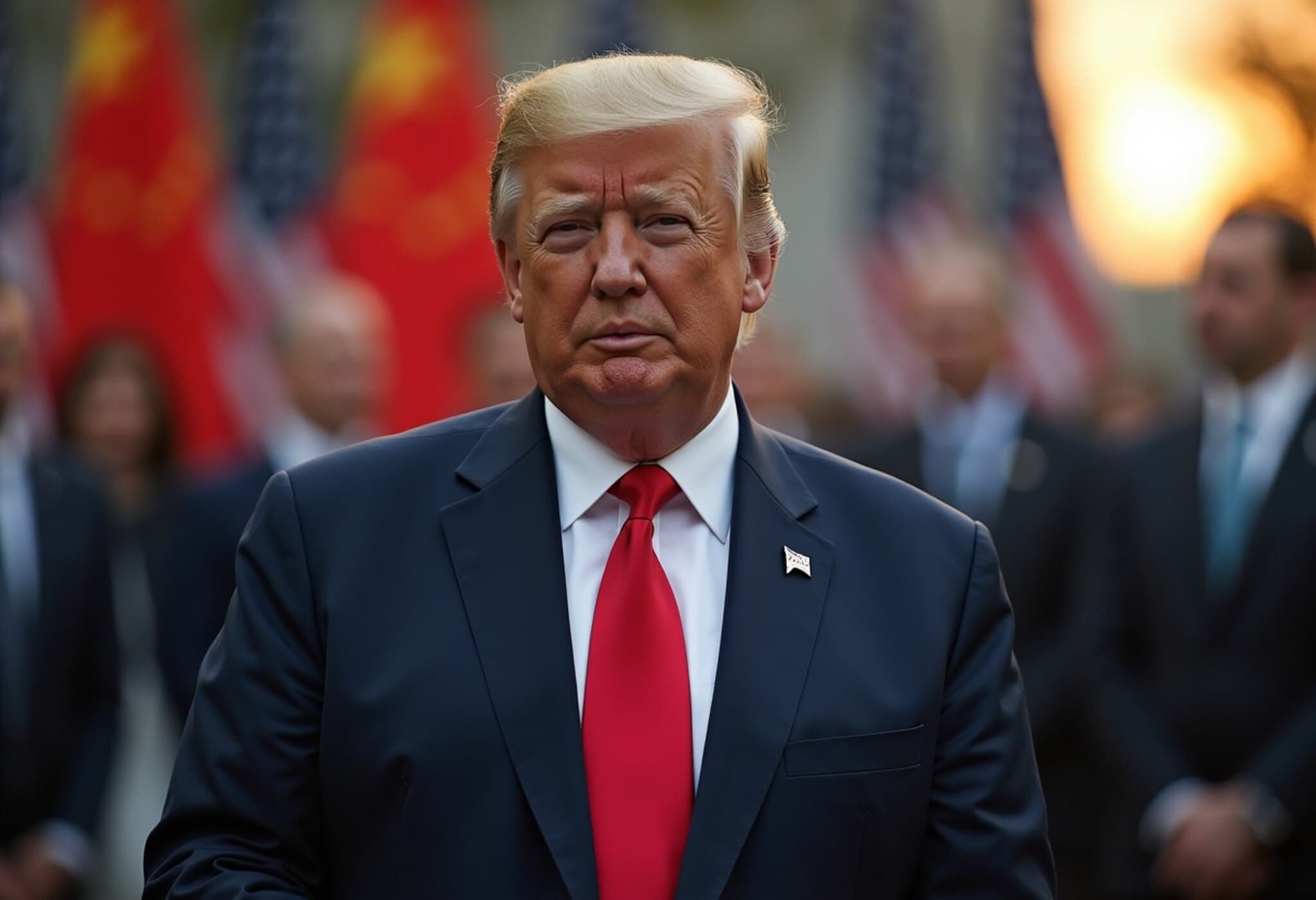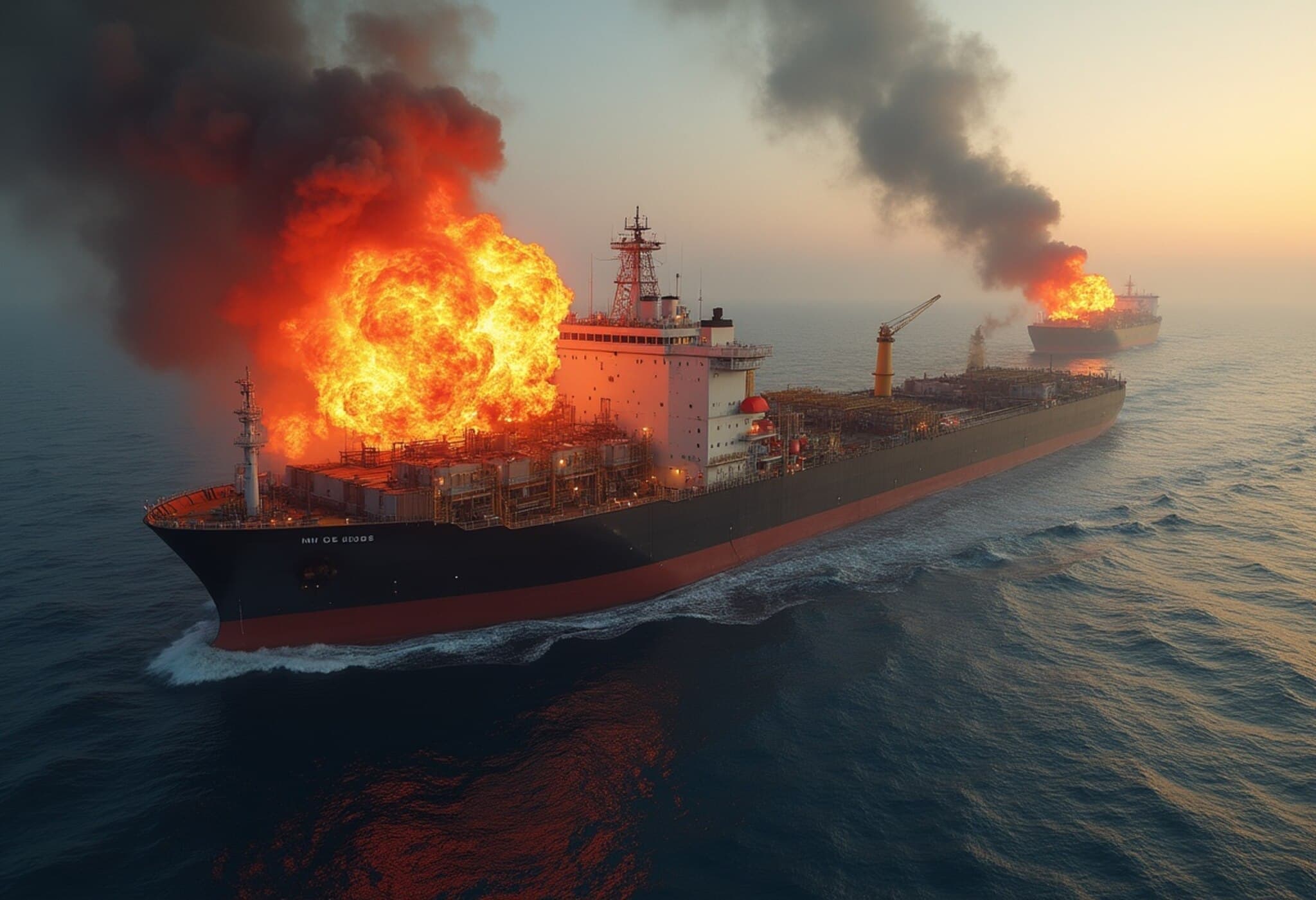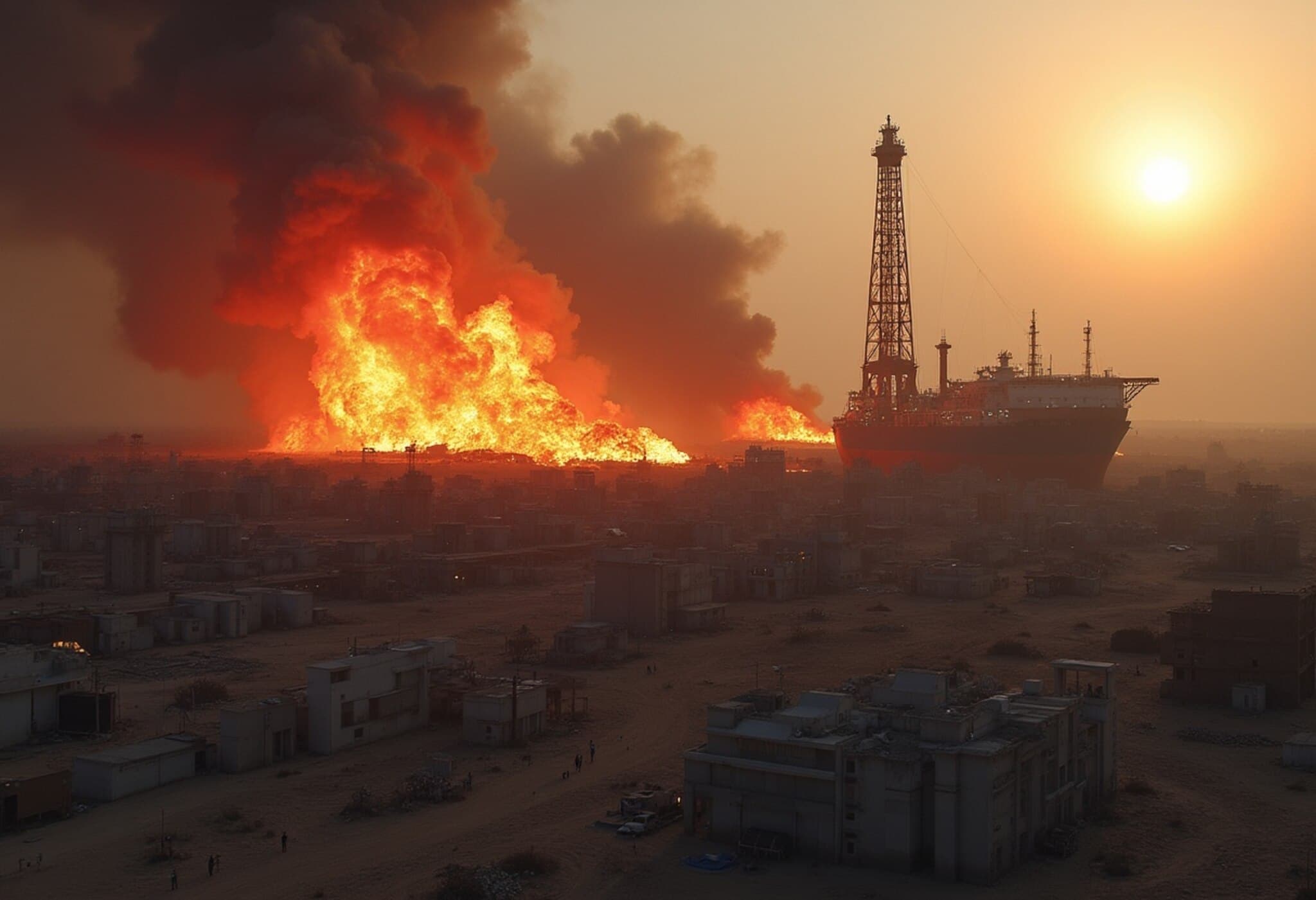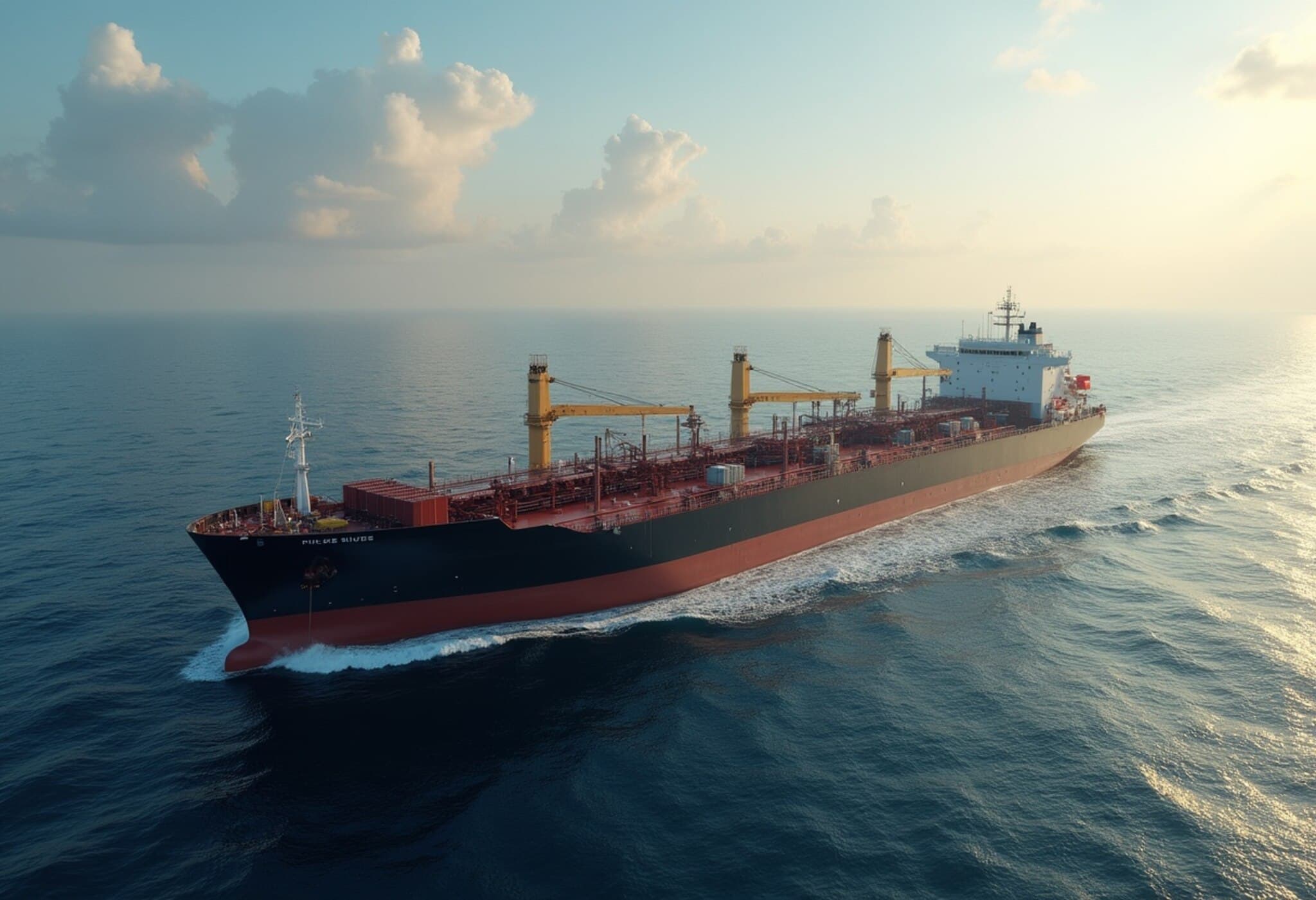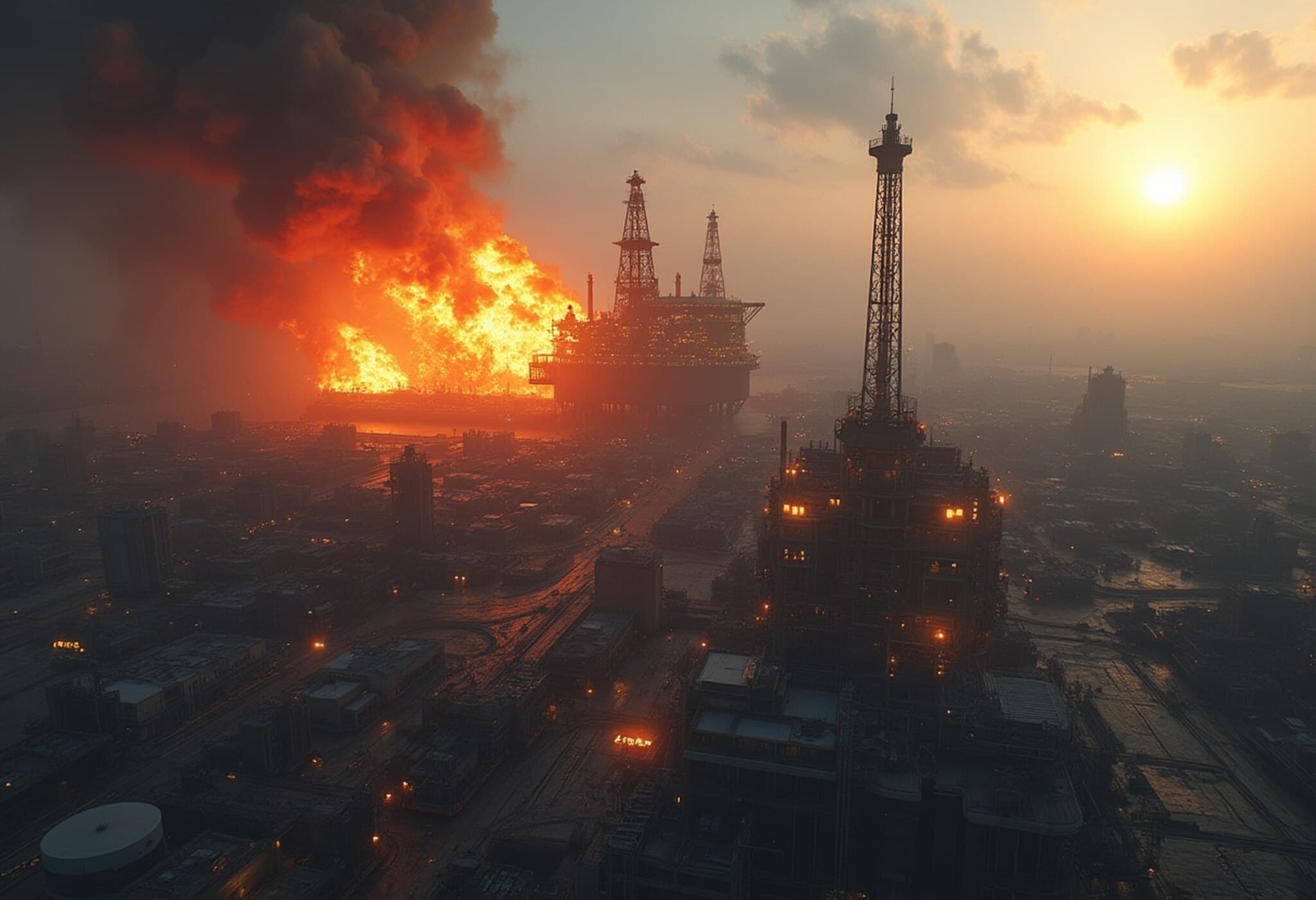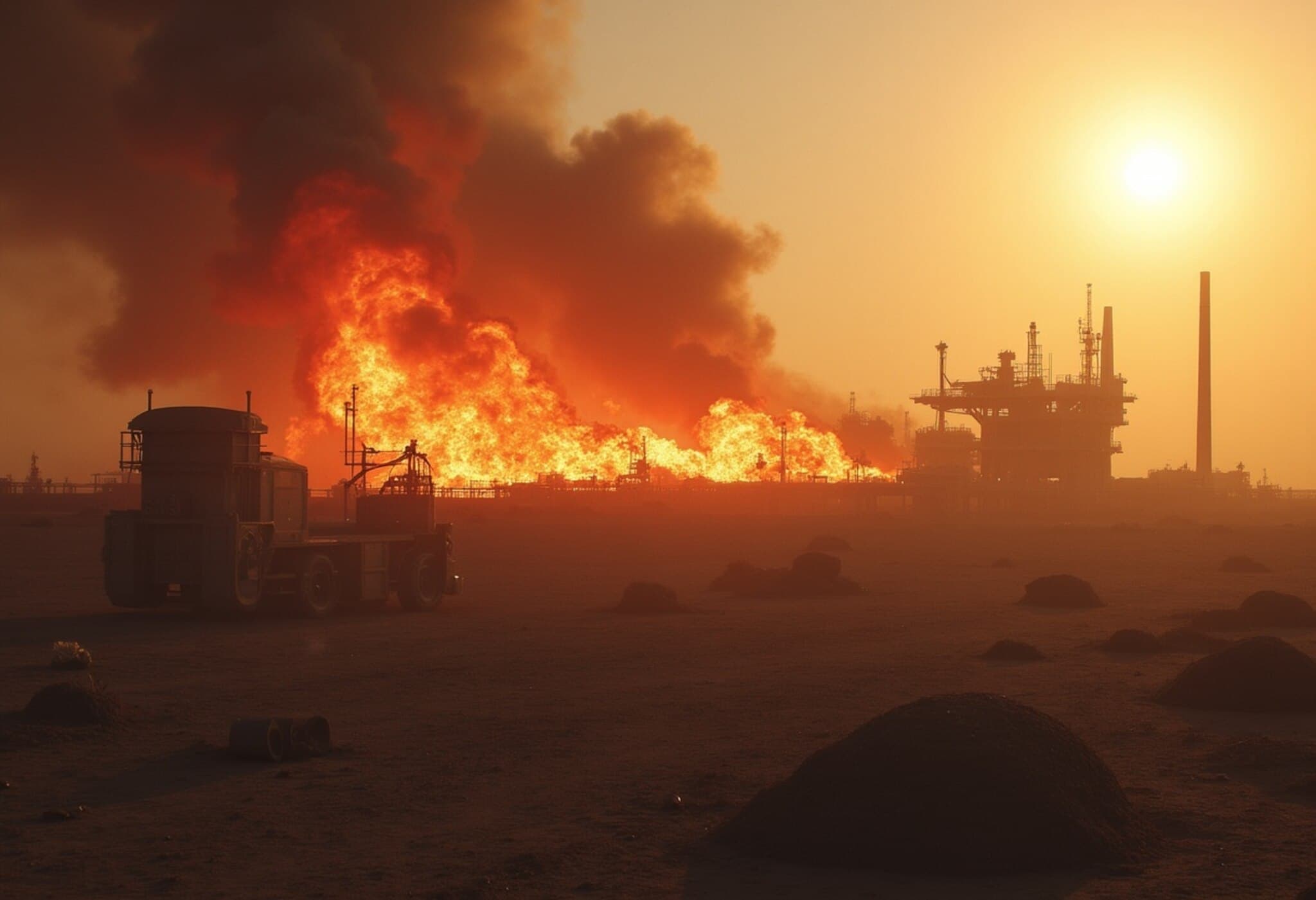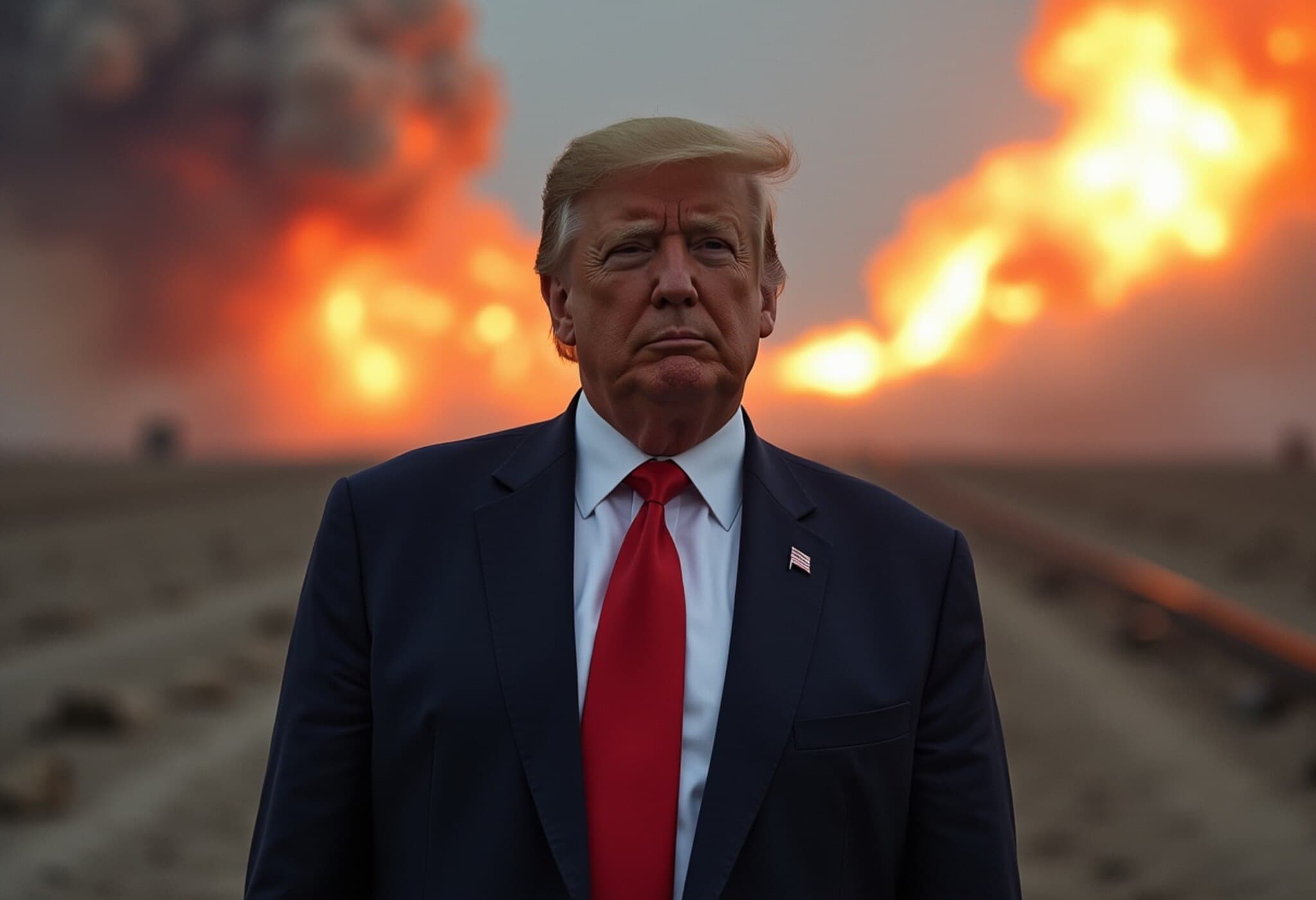Tensions Near Strait of Hormuz Disrupt Global Energy Routes
In the wake of recent US military strikes on Iran, the geopolitical tensions across the Middle East have sharply intensified, sending ripples through the global energy supply chain. Most notably, several supertankers have been observed making abrupt U-turns near the Strait of Hormuz—a pivotal maritime chokepoint through which nearly 20% of the world’s oil and gas shipments flow.
Supertankers Alter Course Amid Rising Risks
Ship-tracking data reveals that at least two Very Large Crude Carriers (VLCCs) reversed course near the Strait shortly after the US began military actions targeting Iran. This reaction underscores the anxiety gripping energy traders, shipping firms, and governments who fear that Iranian retaliation could lead to a partial or complete closure of the Strait. Such a move would chockhold critical energy exports from the region, further destabilizing already volatile markets.
Key Vessel Movements and Impact on Shipping
- The Coswisdom Lake, a Chinese-chartered VLCC scheduled to transport crude oil to China, performed a U-turn near the Strait before resuming its journey toward the UAE port of Zirku.
- Another VLCC, the South Loyalty, destined to load crude from Iraq’s Basra terminal, also reversed course and waited outside the Strait.
Furthermore, recent weeks have seen a notable decrease in tanker traffic: inbound empty tankers to the Gulf declined by 32%, while loaded departures dropped by 27% compared to early May. This slowdown has contributed to freight rates for VLCCs surging beyond $60,000 per day, more than doubling within one week.
Rerouting, Delays, and Anchored Tankers
More vessels have opted to navigate nearer to the Oman coastline or wait offshore near ports in the UAE to avoid Iranian waters altogether. MarineTraffic's data indicates clusters of tankers bypassing the high-risk regions, whereas Iranian-flagged ships tend to remain within their domestic maritime zones.
Several vessels have anchored off Fujairah, UAE, rather than passing through the Strait. This cautious approach reflects the widespread uncertainty, as companies balance their operational deadlines against escalating geopolitical risks.
As KY Lin, spokesperson for Taiwan's Formosa Petrochemical Corp, explained, "Vessels will only enter the region when it is nearer to their loading time," illustrating the delicate juggling act shippers must perform amid the tension.
Oil Prices Soar as Traders Brace for Possible Supply Disruptions
The disruption has triggered a spike in crude oil prices, with both Brent and WTI hitting five-month highs. Markets are bracing for further instability, driven by concerns that any Iranian naval retaliation could heavily tighten global oil supplies — potentially pushing prices toward the $100 per barrel mark.
Japanese shipping companies, including Nippon Yusen and Mitsui O.S.K. Lines, continue to transit the Strait but implement stringent protocols to minimize time spent in the vulnerable waters.
Iran’s Threats Loom Large but Actual Closure Remains Unlikely
Amid the crisis, Iran’s Parliament has approved a resolution that calls for closing the Strait of Hormuz. However, such a significant decision still requires the green light from the country's Supreme National Security Council.
Although Tehran has threatened to close the Strait multiple times during previous tensions, it has historically refrained from taking such drastic action. Analysts caution that even the threat alone can unsettle trading routes, pushing freight costs and fuel prices higher across the board.
What This Means for Global Energy Markets
The current episode near the Strait of Hormuz highlights the fragility of critical energy supply chains that underpin the global economy. The cautious rerouting of supertankers, soaring transportation costs, and the uncertainty surrounding geopolitical developments combine to create a volatile environment for energy markets worldwide.
Stakeholders continue to monitor the situation vigilantly, aware that any escalation could trigger substantial economic repercussions, not just in energy prices but also in broader trade and security dynamics.



